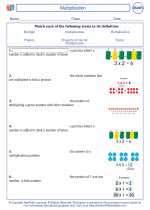Reflection Patterns
Reflection is the process of flipping a shape over a line. This line is known as the line of reflection. When a shape is reflected, its image is the mirror image of the original shape. Reflection patterns involve identifying and understanding the patterns that result from reflecting shapes over different lines.
Key Concepts
When studying reflection patterns, it is important to understand the following key concepts:
- Line of Reflection: The line over which a shape is reflected.
- Original Shape: The initial shape before any reflection occurs.
- Reflected Image: The resulting shape after reflection over the line of reflection.
- Symmetry: Reflection creates symmetry in a shape, meaning that the original shape and its reflected image are mirror images of each other.
Examples of Reflection Patterns
Let's look at some examples of reflection patterns:
Example 1: Reflection over the x-axis
When a shape is reflected over the x-axis, the y-coordinates of the original shape change sign to become the y-coordinates of the reflected image. The x-coordinates remain the same. This creates a mirror image of the original shape across the x-axis.
Original Shape: (2, 3), (4, 5), (6, 7)
Reflected Image: (2, -3), (4, -5), (6, -7)
Example 2: Reflection over the y-axis
When a shape is reflected over the y-axis, the x-coordinates of the original shape change sign to become the x-coordinates of the reflected image. The y-coordinates remain the same. This creates a mirror image of the original shape across the y-axis.
Original Shape: (3, 4), (5, 6), (7, 8)
Reflected Image: (-3, 4), (-5, 6), (-7, 8)
Study Guide
Here are some key points to remember when studying reflection patterns:
- Identify the line of reflection for each reflection pattern.
- Understand how the coordinates of the original shape change when reflected over different lines.
- Practice drawing and identifying reflection patterns on a coordinate plane.
- Recognize the symmetry created by reflection.
Understanding reflection patterns is essential for geometry and spatial reasoning. By mastering this concept, you will be able to analyze and manipulate shapes with ease.
.◂Math Worksheets and Study Guides Fifth Grade. Multiplication
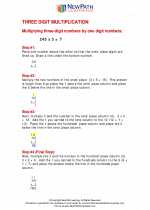
 Worksheet/Answer key
Worksheet/Answer key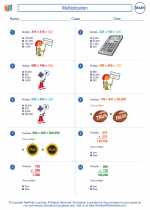
 Worksheet/Answer key
Worksheet/Answer key
 Worksheet/Answer key
Worksheet/Answer key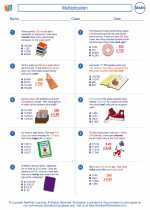
 Worksheet/Answer key
Worksheet/Answer key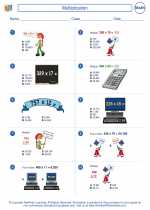
 Worksheet/Answer key
Worksheet/Answer key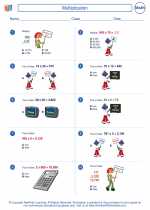
 Worksheet/Answer key
Worksheet/Answer key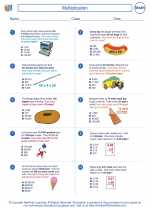
 Worksheet/Answer key
Worksheet/Answer key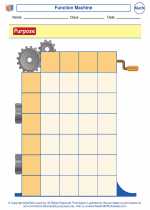
 Vocabulary/Answer key
Vocabulary/Answer key